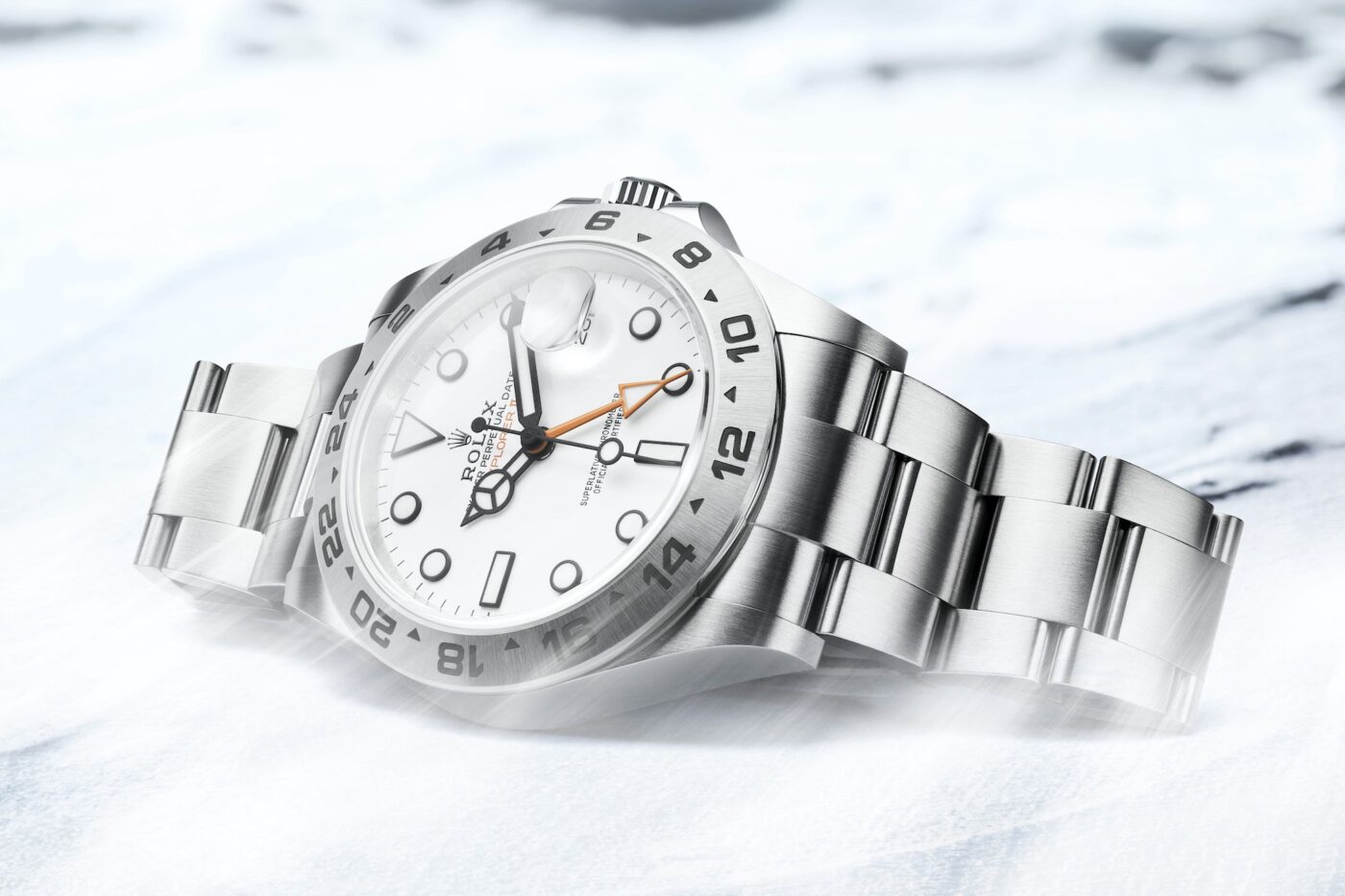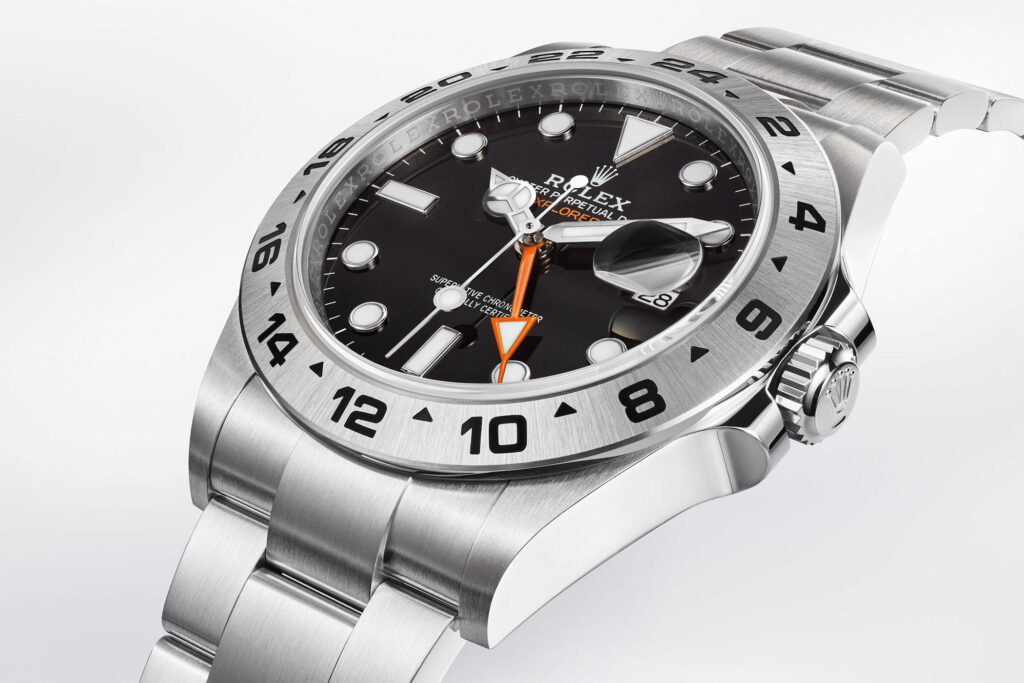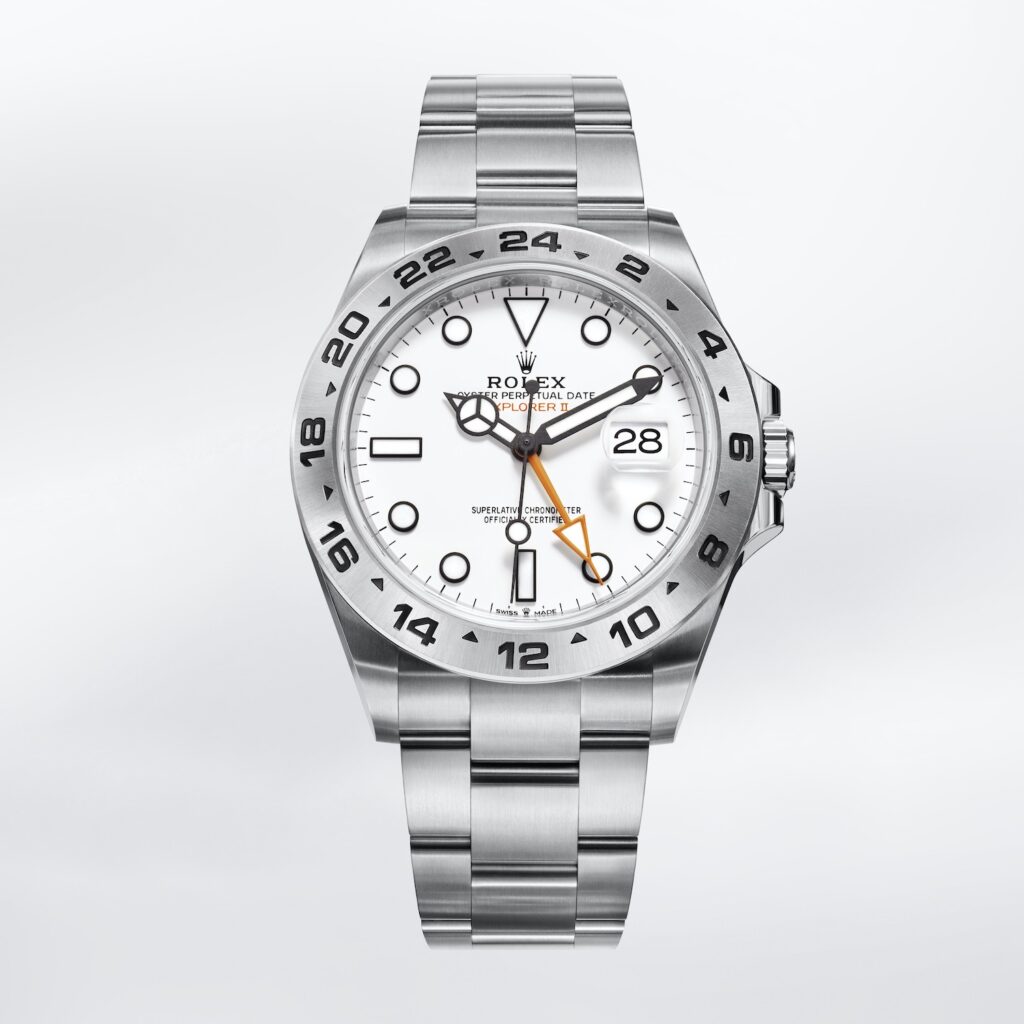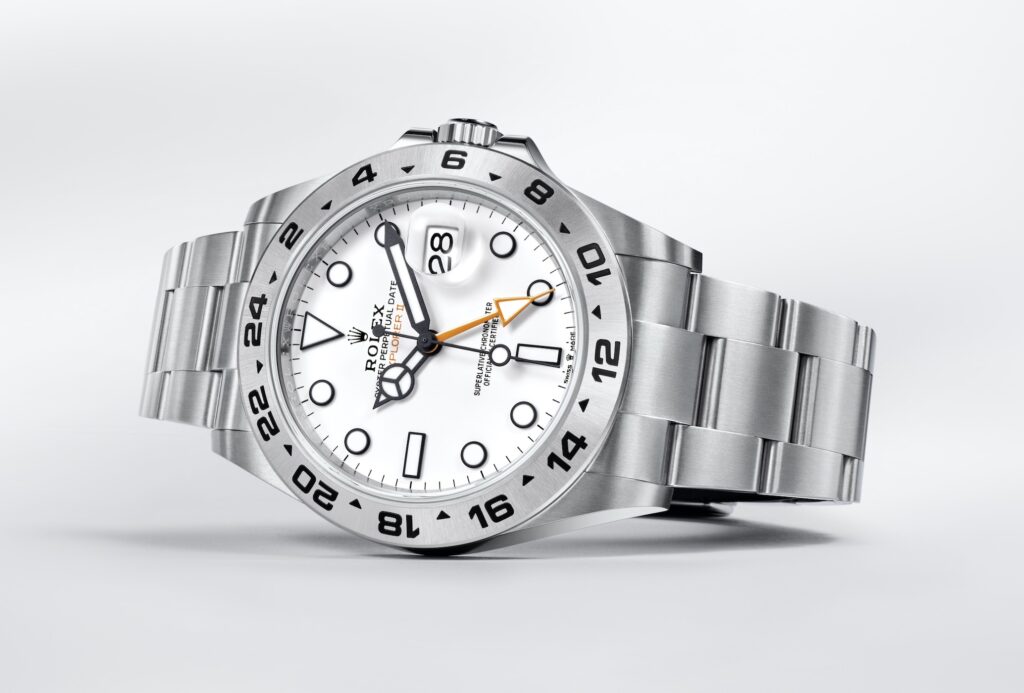BY JOVAN KRSTEVSKI
The Watches and Wonders online event opened its doors on 7th April 2021, and since then, we have seen some of the biggest names in the business showcase what they have in store for the audience this year. Like every year, new releases from Rolex are the most eagerly anticipated, and within this article, we talk about the updated new Rolex Explorer II.
Holding on to the adventurous spirit of the Explorer, Rolex released the bigger and more functionally capable Explorer II in 1971. The watch came with a 39mm stainless steel case, a vibrant orange GMT hand, and fixed steel bezel with 24-hour markings to track an extra time zone. Today, more than five decades later, like many other Rolex watches, the Explorer II continues to have a strong fan following and has seen very few design changes. So, let’s quickly look at what this latest iteration of Explorer II brings forth.
Let me start with some bad news. The 2021 Explorer II, ladies, and gentlemen looks identical to the outgoing model, and I mean literally identical. The 42mm, 100 meters water-resistant Oyster steel case, the white and black maxi dials with black and steel Mercedes style hands, the vibrant orange GMT hand, the cyclops over the date window at 3, and the beautifully brushed fixed 24-hour bezel, everything on the new Explorer seems to remain unchanged (at least in the pictures), compared to the erstwhile Explorer II. While sticking to a tried and tested design isn’t exactly a bad thing, it would have been good to see Rolex making at least some minor changes to the face of the watch. For instance, Rolex could have tried playing with the color of the GMT hand. But then again, we are talking about Rolex here, and it is what it is now. The bigger question however is that if nothing has changed, what makes the 2021 Explorer a new watch you may ask?
Well, the answer to your question is hidden under that sterile case back. While the previous generation Rolex Explorer II was powered by the in-house calibre 3187, the new Explorer II has i equipped with the calibre 3285, the same movement that can be found inside the GMT-Master II. A self-winding unit, the 3285 operates at a frequency of 4Hz and offers a much better autonomy of 70 hours over the 48-hour autonomy of the calibre 3187. The movement is technically quite capable and features Rolex’s Chronergy escapement, an antimagnetic Blue Parachrom hairspring, and Paraflex shock absorbers for better shock resistance. As far as timekeeping is concerned in true Rolex fashion, the calibre 3285 is COSC certified and is also a Superlative Chronometer which implies that it would not deviate more than -2 or +2 seconds a day.
The new Rolex Explorer II like before comes attached to an Oyster style brushed stainless steel bracelet and the watch would retail for EUR 8,050.
Visit Rolex here.







